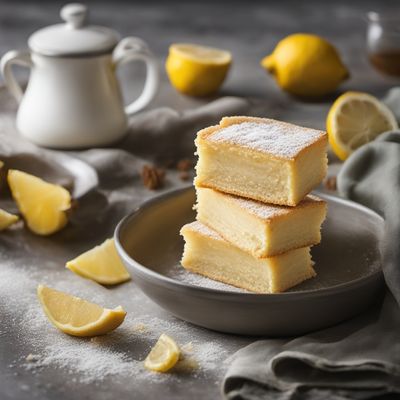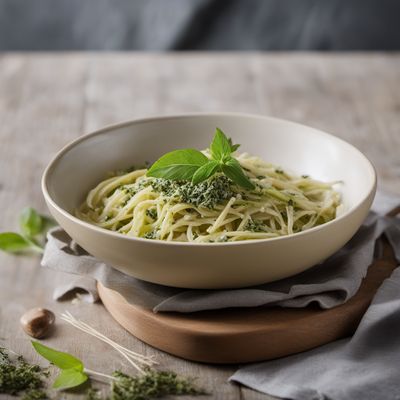
Dish
Canestrello di Taggia
Canestrello di Taggia is made with almond flour, sugar, butter, and lemon zest. The dough is rolled out and cut into small rounds, which are then baked until golden brown. The cookies are light and delicate, with a subtle almond flavor and a hint of lemon. They are typically served as a sweet snack or with tea or coffee.
Origins and history
Canestrello di Taggia originated in the town of Taggia, in the Liguria region of Italy. It has been a popular treat in the region for centuries, and is often served during the Christmas season. The cookie is named after the canestrello, a type of basket that was traditionally used to shape the dough.
Dietary considerations
Canestrello di Taggia is gluten-free and contains no dairy or eggs, making it a great option for those with celiac disease or dairy allergies. However, it does contain nuts, so it may not be suitable for those with nut allergies.
Variations
There are many variations of canestrello di Taggia, including versions that use different types of nuts or citrus zest. Some recipes also call for the addition of spices or other flavorings, such as vanilla or cinnamon.
Presentation and garnishing
Canestrello di Taggia is typically served plain, but it can be garnished with a dusting of powdered sugar or a sprinkle of chopped nuts or citrus zest. It can also be used as a base for desserts, such as tarts or cheesecakes.
Tips & Tricks
To make canestrello di Taggia, be sure to use high-quality almond flour and fresh lemon zest for the best flavor. You can also experiment with different types of nuts or citrus zest to create your own unique version of this classic Italian cookie.
Side-dishes
Canestrello di Taggia is typically served as a sweet snack or with tea or coffee. It can also be used as a base for desserts, such as tarts or cheesecakes. It pairs well with fresh fruit and whipped cream, or with a drizzle of honey or chocolate sauce.
Drink pairings
Canestrello di Taggia pairs well with tea or coffee, as well as with sweet dessert wines. It is also a great accompaniment to fresh fruit and whipped cream.
Delicious Canestrello di Taggia recipes
More dishes from this category... Browse all »

A-gei
Taiwanese cuisine

Abará
Brazilian cuisine

Aburaage
Japanese cuisine

Acciughe sotto pesto
Italian cuisine

Accra
West African cuisine

Aggala
Indian cuisine
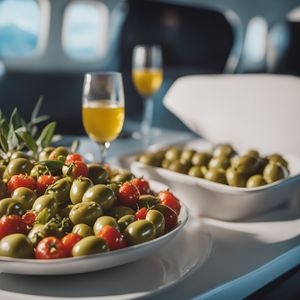
Airplane Olive
Greek cuisine

Alaisa fa'apopo
Samoan cuisine
More cuisines from this region... Browse all »

Abruzzese and Molisan cuisine
Savory, Earthy, Rustic, Hearty

Apulian cuisine
Fresh, Savory, Rustic, Simple

Arbëreshë cuisine
Savory, Tangy, Herbaceous, Spicy

Basilicatan (Lucanian) cuisine
Savory, Earthy, Rustic, Hearty
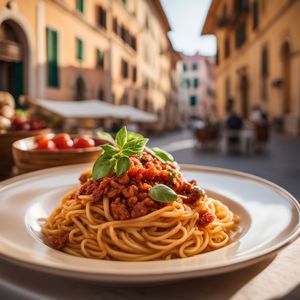
Ligurian cuisine
Light, Delicate, Herbaceous, Salty

Lombard cuisine
Rich, Savory, Meaty, Cheesy
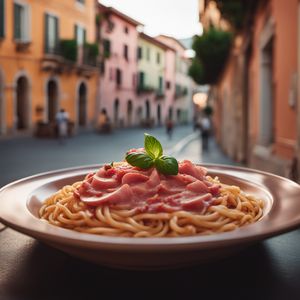
Neapolitan cuisine
Bold, Savory, Spicy, Tangy, Fresh
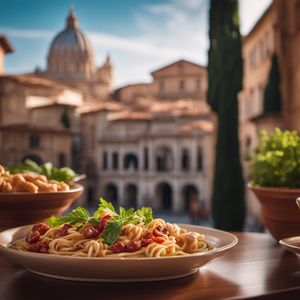
Roman cuisine
Fresh, Light, Herbaceous, Tangy, Savory
